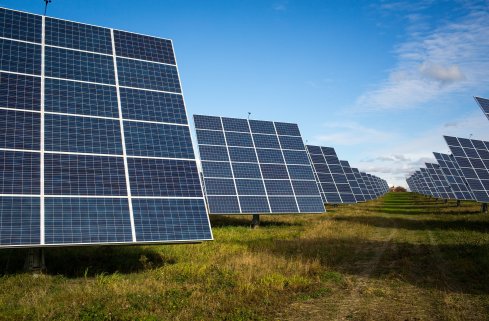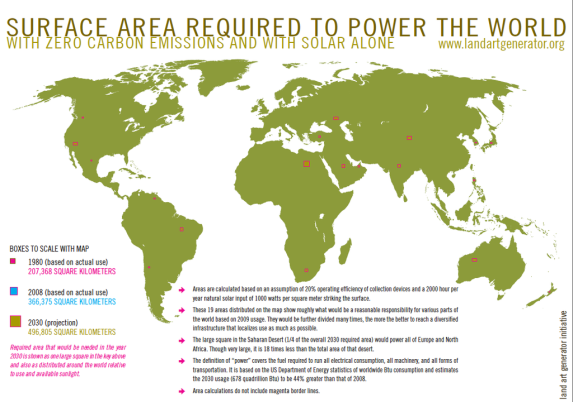
You hear a lot of myths permeating the solar industry: inefficiencies, storage problems, viability, costliness, conversion issues, output, etc. etc.
For this exercise, though, I want you to forget everything “you know” about solar energy, and for two reasons:
First, there’s a good chance it’s not true. There are titanic forces working against the solar industry, scrounging for any and all leverage against it. Thus, we must exercise caution.
Second, do not underestimate human ingenuity. Scientific inquiry is bound to change the solar game tremendously in the upcoming years. Especially when invested billionaires, like Elon Musk, are on the job.

These two flew around the world with a 100% solar powered plane.
(Wow, didn’t know that technology existed.)
Think about this, though:
“Each hour 430 quintillion Joules of energy from the sun hits the Earth. That’s 430 with 18 zeroes… In comparison, the total amount of energy that all humans use in a year is 410 quintillion Joules. For context, the average American home used 39 billion Joules of electricity in 2013.”
(Full Report Here)
The logical question follows:
If the energy exists – is abundant, clean, and storable – why aren’t we using it?
Well, it’s complicated. Forgive me to blame politics, and leave it at that. So, we’re going to concern ourselves with something different, today – addressing one of the most widespread myths about solar energy and industry viability.
One of the most common arguments combatting the solar energy industry is that “the earth would have to be COVERED in solar panels to completely replace our current energy consumption. Which, obviously, isn’t realistic.”
False – this, is simply not true.
Assuming an average 20% efficiency from solar cells, powering the entire world with solar energy would require 496,805 sq. miles of solar panels.
Which, is more or less the size of Spain.
This map shows what that could look like (projections for 2030).

For larger Image: Solar Earth
Like proofing? Me too. Here’s the math:
“678 quadrillion Btu (the US Energy Information Administration’s estimation of global energy consumption by 2030) = 198,721,800,000,000 kilowatt-hours (simple conversion) divided by 400 kilowatt-hours of solar energy production per square meter of land (based on 20% efficiency, 70% sunshine days per year and the fact that 1,000 watts of solar energy strikes each square meter of land on Earth) = 496,805 square kilometers of solar panels (191,817 square miles)”
(Full Explanation)
Considering that 25% of that panelling space is in a single desert (the Sahara) and an even greater percentage of the necessary land usage is desert land — when adding those in North America, Australia, and Asia — a solar future just became quite viable.
What were we using those deserts for anyway?
Of course, it’s hard to fully grasp what each box would actually look like from a traditional, ground perspective. So those fields would be HUGE, but it’s not even close to “covering the earth.”
So it’s scientifically possible. Very possible.
But is it possible to push through in a world dominated by petroleum?
Well, that’s a different animal.

